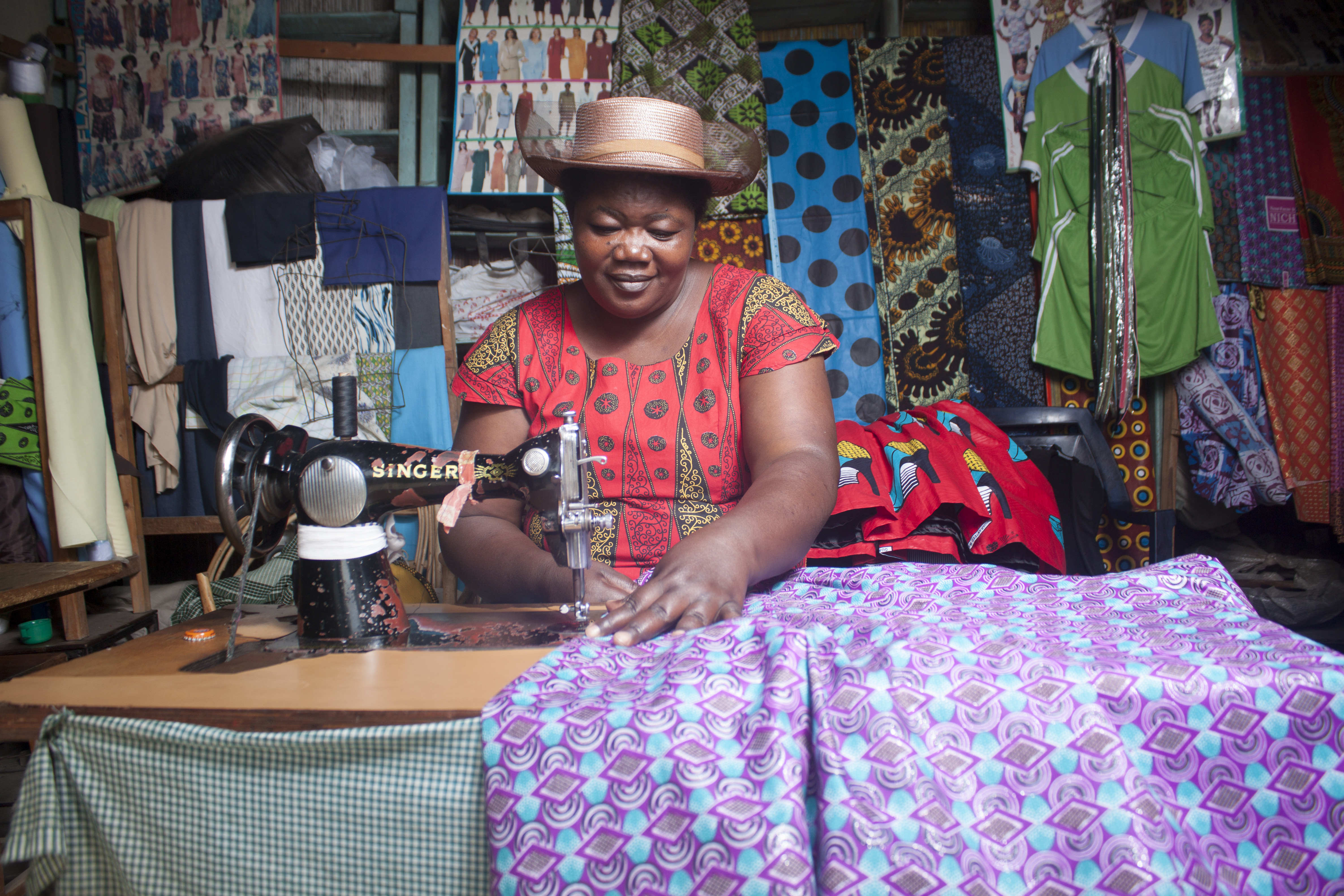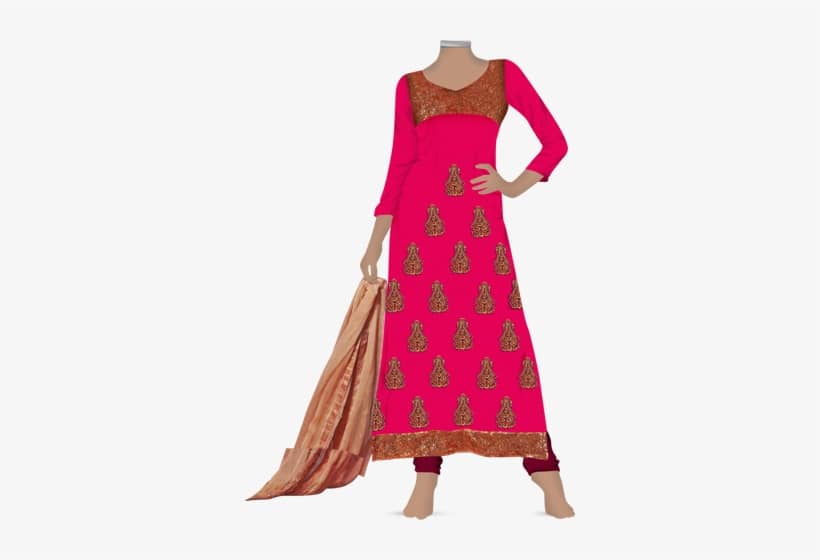Expert Tailor Perth: Crafting Custom Suits for each Event
Expert Tailor Perth: Crafting Custom Suits for each Event
Blog Article
Recognizing the Tailoring Process: From Material Choice to Last Suitable for the Perfect Wardrobe
The tailoring process is a complicated interaction of art and scientific research, beginning with the crucial choice of fabric option and culminating in the specific modifications of final fittings. Each textile type brings one-of-a-kind high qualities that influence not only the aesthetic allure however additionally the garment's long life and suitability for numerous events.
Significance of Textile Option
Selecting the right textile is critical in the tailoring process, as it straight affects the convenience, toughness, and overall aesthetic of the last garment (tailor perth). The choice of fabric establishes the foundation for the garment's functionality, style, and performance. Different materials have distinct properties, such as breathability, stretch, and weight, which can significantly influence just how the garment drapes and fits the body
Furthermore, textile choice impacts the garment's longevity and simplicity of care. Top notch textiles can withstand deterioration, maintaining their appearance and structure in time, while lower-quality materials might bring about pilling or fading. Additionally, the right textile adds to the garment's capacity to change throughout events and seasons, therefore enhancing versatility.
A customized item made from a proper material not just showcases craftsmanship but also boosts the wearer's self-confidence. Comprehending the subtleties of material choice is extremely important for any type of tailoring venture. It guarantees that the final item not just meets the visual wishes of the client but additionally lines up with functional demands, consequently achieving an unified balance in between form and function in the customized wardrobe.
Kinds Of Fabrics and Their Uses
Recognizing the different sorts of textiles offered is vital for making educated decisions throughout the tailoring procedure. Each fabric has distinct characteristics that determine its suitability for details garments and occasions.
Its convenience allows it to be tailored into every little thing from shirts to gowns. Its all-natural elasticity helps garments preserve shape over time.
Silk shows luxury and is light-weight, making it best for eveningwear and fragile shirts; however, it calls for cautious handling because of its fragility. Bed linen, with its distinctive coating, is a popular selection for cozy environments, giving a ventilated and crisp feeling, yet it wrinkles easily, which may affect the garment's appearance.
Synthetic fabrics, such as polyester and nylon, offer durability and resistance to wrinkles, making them ideal for day-to-day wear and active garments. Recognizing these material kinds and their homes allows for much better decision-making, guaranteeing that each tailored piece not just fits well yet additionally aligns with the designated function and occasion.
The Tailoring Techniques Explained
The art of tailoring counts on a selection of strategies that transform textile into well-fitted garments. Central to this process is pattern drafting, where a dressmaker develops templates based on the customer's dimensions and wanted style. This initial step guarantees that the garment will fit the user appropriately before any type of cutting occurs.
As soon as patterns are developed, cutting strategies enter play. Precision is paramount as errors can result in misfitting garments. Tailors commonly use numerous reducing methods, such as single-layer cutting for complex styles and multiple-layer reducing for performance on standard patterns.
Basting is one more crucial technique, allowing dressmakers to briefly sew fabric assemble for an initial fitting. This approach provides the possibility to analyze the drape and general shape before last stitching.
Seaming methods, consisting of french seams and flat-felled joints, enhance the garment's durability and visual appeal. Tailors read the article additionally employ methods such as interfacing and extra padding to supply framework and shape to details areas, like shoulders and collars.
Lastly, completing strategies, including hemming and side finishing, guarantee the garment's long life while providing a polished appearance. With each other, these techniques develop the foundation of effective customizing, leading to beautiful, tailor-made garments.
Fitting Modifications and Factors To Consider

Secret considerations include the shoulder fit, which must neither sag nor limit activity, and the sleeve size, which must allow for comfy arm activity while preserving a refined look. Furthermore, adjustments at the waistline can refine the silhouette, with choices to let out or take in textile as required.
The rise of trousers is one more critical variable; it needs to sit easily over the hips without creating pain, permitting convenience of motion. Hemming lengths for both trousers and skirts ought to mirror the wearer's favored style while valuing proportions.

Maintaining Your Tailored Wardrobe
Always follow the care label directions, which may recommend dry cleansing for fragile materials or device cleaning for more click here for more resilient materials. Stay clear of regular laundering, as this can wear down the fabric and alter the garment's form.
Storage space is similarly essential; use cushioned wall mounts for jackets and coats to preserve shoulder structure, and store trousers folded up neatly or hung to avoid creasing. Protect garments from straight sunshine, which can discolor colors and damages fibers.
Furthermore, regular evaluations for minor repair work can prevent bigger problems. Check for loosened buttons, tearing seams, or signs of moth damages, addressing these troubles immediately to maintain the garment's stability.
Finally, think about seasonal turning. Using tailored items in moderation permits materials to recoup, prolonging their lifespan. By applying these upkeep methods, you can ensure that your customized garments remain as immaculate as the day you first used them, enhancing your optimal closet for years to find.
Conclusion
The customizing process, incorporating textile option, proficient strategies, and specific fitting adjustments, plays a vital duty in developing garments that boost both convenience and design. Recognizing the relevance of upkeep expands the life of customized garments, strengthening their worth in a well-curated closet.
Selecting the appropriate fabric is essential in the tailoring process, as it straight affects the convenience, longevity, and total aesthetic of the last garment. The option of material sets the foundation for the garment's style, functionality, and efficiency. Various fabrics have distinct homes, such as stretch, weight, and breathability, which can dramatically influence how the garment drapes and fits the body.
The art of customizing relies on a range of strategies that change fabric right into well-fitted garments.The customizing process, incorporating material selection, competent techniques, and specific fitting adjustments, plays a critical function in creating garments that enhance both convenience and style.
Report this page